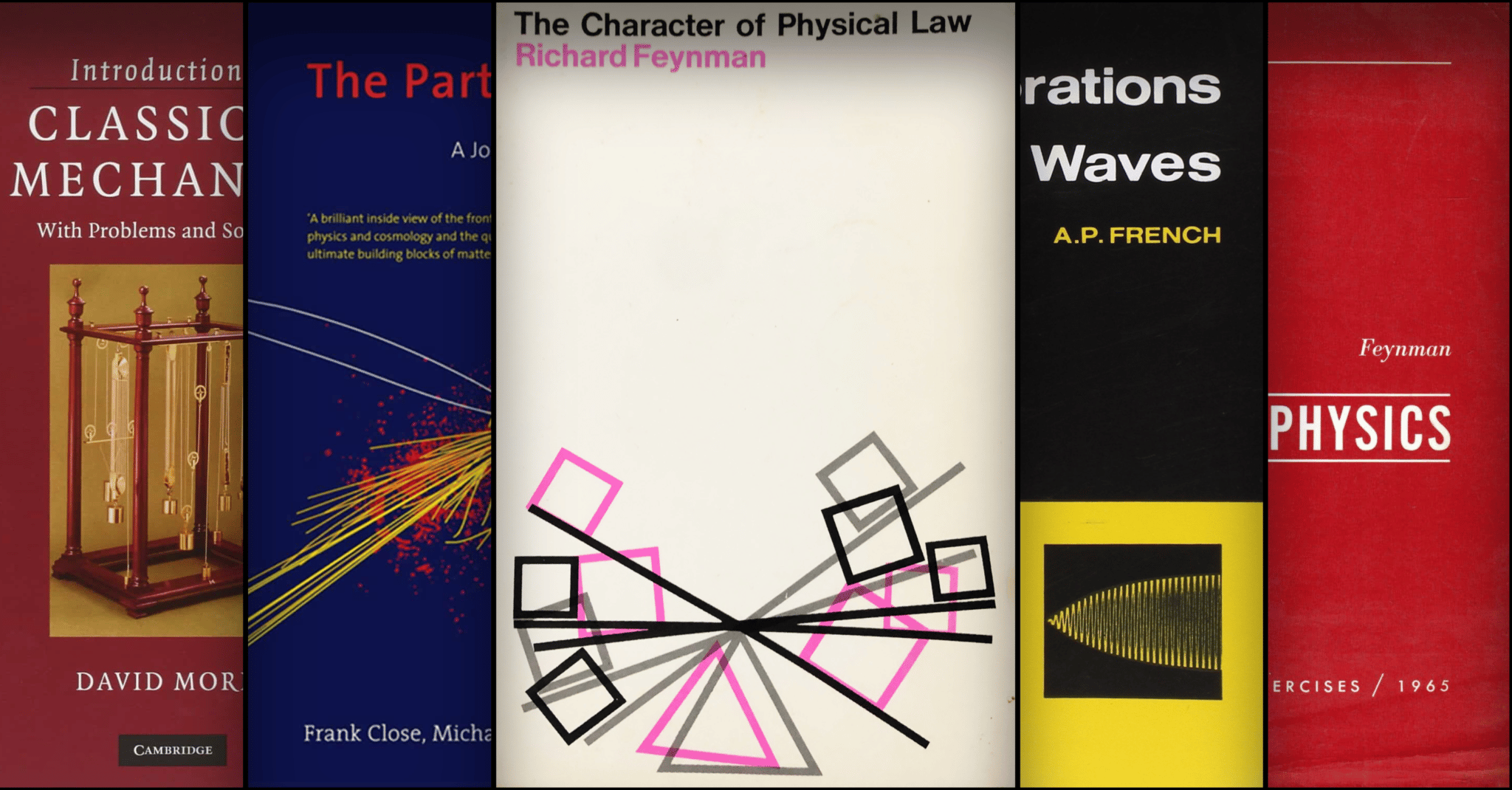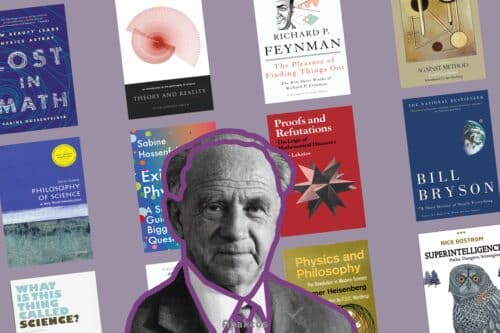Learning physics is open to everyone, and it is the same as learning computer programming or how to make a delicious pizza! Good physics textbooks help you learn physics. And then you will have a chance to understand the things around us or our universe, which might be the most beautiful experience you can ever have.
To learn physics effectively, it is important to understand the fundamentals first. A good way to start is by getting a grasp of the fundamentals of physics by reading good physics textbooks. There are many great popular books on physics, starting from introductory courses to more advanced topics such as quantum mechanics. Reading these books will give you a solid understanding of the basic concepts and help you learn the language of physics.
What are the name of the best physics textbooks?
Once you have a good grasp of the basics, you can start exploring further topics like thermodynamics, quantum mechanics, electricity and magnetism, etc., in more detail with the best physics textbooks. You can learn and understand complex topics easily and straightforwardly with the right books. In addition to reading physics textbooks, you can strengthen your foundation by solving problems from good physics problem books.
Again, learning physics is definitely achievable with dedication and hard work. So if you are interested to learn physics, start by reading these good books below, and do not forget to practice what you learn! You can also check out “22 Best Physics Textbooks, According to a Harvard Ph.D. Student in Physics.”
Good luck on your learning journey!Best
Dennis G. Zill’s Advanced Engineering Mathematics is a compendium of topics that are most often covered in courses in engineering mathematics and is extremely flexible to meet the unique needs of courses ranging from ordinary differential equations to vector calculus, to partial differential equations.
A key strength of this best-selling text is the author’s emphasis on differential equations as mathematical models, discussing the constructs and pitfalls of each. An accessible writing style and robust pedagogical aids guide students through difficult concepts with thoughtful explanations, clear examples, interesting applications, and contributed project problems.
Calculus hasn’t changed, but readers have. Today’s readers have been raised on immediacy and the desire for relevance, and they come to calculus with varied mathematical backgrounds. Thomas’ Calculus helps readers successfully generalize and apply the key ideas of calculus through clear and precise explanations, clean design, thoughtfully chosen examples, and superior exercise sets. Thomas offers the right mix of basic, conceptual, and challenging exercises and meaningful applications.
According to Einstein, a good scientific hypothesis must be able to be explained to a dummy. Taking this advice to heart, Bruce Schumm, an experimental particle physicist, explains the Standard Model of particle physics in Deep Down Things. The Standard Model is widely regarded as one of the greatest scientific achievements of the twentieth century.
This unique volume weaves together the ideas of some of the twentieth century’s most influential physicists—including Einstein, Schrodinger, Heisenberg, Dirac, Feynman, Gell-Mann, and Weinberg—to provide a clear and comprehensible explanation of the revolutionary concepts that form the basis of our current understanding of the physical world.
Having spent a significant portion of his life immersed in the subatomic world, Schumm does more than merely present the “building blocks” of matter; he vividly illustrates the remarkable connection between the ivory tower world of the abstract mathematician and the practical, life-enabling properties of the natural world. Schumm gives us a glimpse into some of the most fundamental unanswered topics in particle physics, laying the groundwork for figuring out how far the discipline will advance over the next decade.
Taking the reader into the field of particle physics, Deep Down Things reveals uncharted territories that may hold the key to understanding the cosmos.
Cambridge University Press now offers this well-known electrodynamics textbook for undergraduate students in significantly more economical printing. The electromagnetic theory is presented in a manner that is rigorous yet straightforward and understandable in the Fourth Edition. In addition, this edition gives a solid platform for investigating applications related to electromagnetic theory.
This textbook was written with the conceptual obstacles that undergraduate students generally experience in mind, and it demonstrates the theoretical steps with examples and pictures that have been carefully selected and selected with care. It strikes a healthy balance between text and equations, which lets the physics shine through without compromising the rigor of the math, and it includes a large number of problems, ranging from simple to complex so that instructors can give students some problems to help them build their confidence and others to challenge their minds.
Success in your calculus course starts here! James Stewart’s Calculus: Early Transcendentals texts are worldwide best-sellers for a reason: they are clear, accurate, and filled with relevant, real-world examples.
With CALCULUS: EARLY TRANSCENDENTALS, Stewart conveys not only the utility of calculus to help you develop technical competence but also gives you an appreciation for the intrinsic beauty of the subject. His patient examples and built-in learning aids will help you build your mathematical confidence and achieve your goals in the course.














